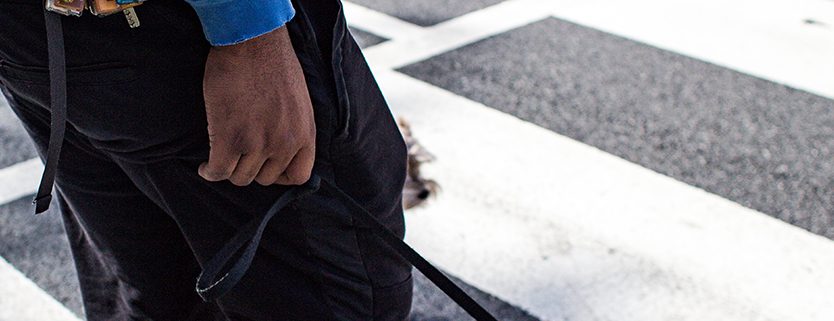Seven things to know about your petsitter and keys
Here are some best practices for keys that we’ve learned after almost 20 years of service.
- Your dog walker needs two copies of your keys, both tested and in working order. Sometimes key cutters make mistakes, so it’s always good to double check and make sure the keys work and open locks as expected. We’ve had lots of luck with Frager’s Hardware on Capitol Hill. Things can happen with keys – they’ve broken off in locks, gotten mangled in bicycle spokes and been run over by cars – luckily, in each case we had a second copy so we were able to keep going with nary a pause!
- Provide copies of all all your keys and fobs. It’s easy to forget the gate key or fob leading to the front door. Remember that your petsitter won’t be able to take care of you pet without it. They’ll need keys for all locks, including the top lock, the bottom lock, etc. You’ll receive karmic bonus points if the same key is used for all locks! Feel free to use the color-coded key caps to tag different keys, but this is not required.
- Since your walker has two sets of keys, they can usually help in case you get locked out. Check with them about this in advance and find out how you can contact them in case of a lockout emergency. Note that there may be a fee.
- We cannot accept keys less than 24 hours before your pet’s visits are about to start. Keys must be checked in, labeled and then put out for the petsitter to pick up. This process can take up to 48 hours. So if you’re planning to drop your keys off at 3pm for a 5pm visit, chances are that there is going to be a lot of scrambling and your pet’s visit may start later than planned. If this is an issue for you, we have lockboxes to purchase which can be used to store keys securely at your home. Win-win!
- Your petsitter will appreciate when you let them know about sticky or tricky locks. Got a key that has to handled specially? Let the petsitter know about it advance and how you handle it. Try WD-40 or graphite lock lubricant as a solution for a sticky lock. And if there’s a knob or lock that’s to be left unlocked, let them know that as well.
- Keys are individually labeled but not with any of your identifying information. Your pet’s name, a bar code and a number are on each key tag, but your address and name are not included. The company name and phone number are listed on the keys in case they’re ever lost and found.
- Your keys can be returned after each visit, but it’s actually easier if keys are kept on file at our office. Petsitters can have the keys in hand and be prepared for the visit earlier.
Keys are the first step in a successful pet sit. Hopefully these tips provide a bit of insight about helping your petsitter get started on the right foot!
And if you have a door code and don’t use keys, we love you lots!


